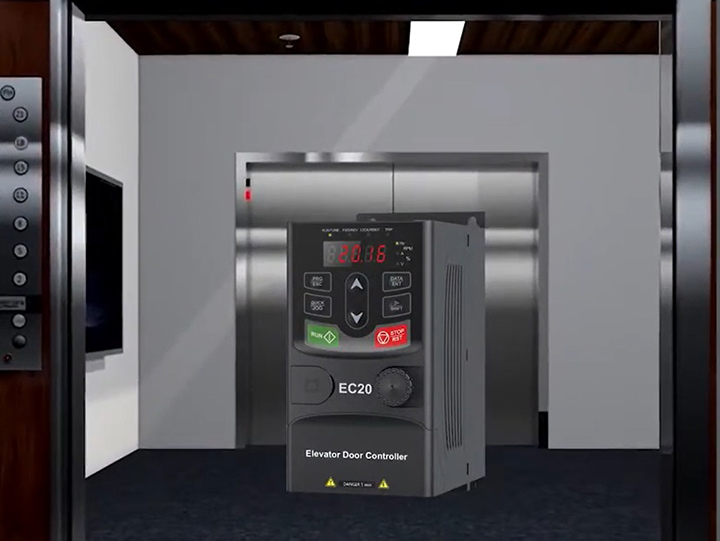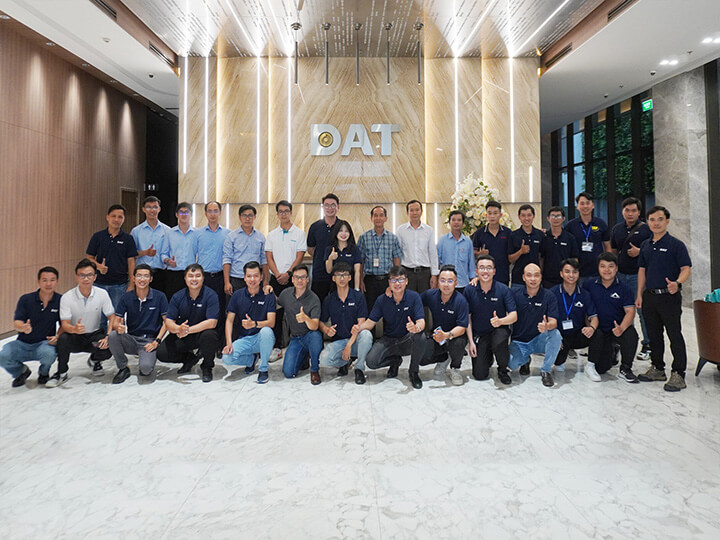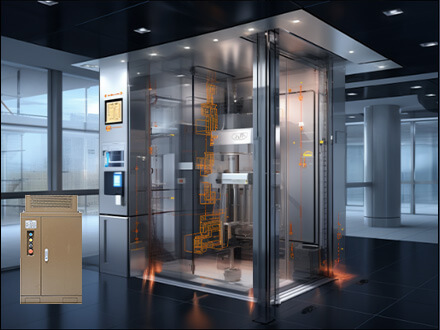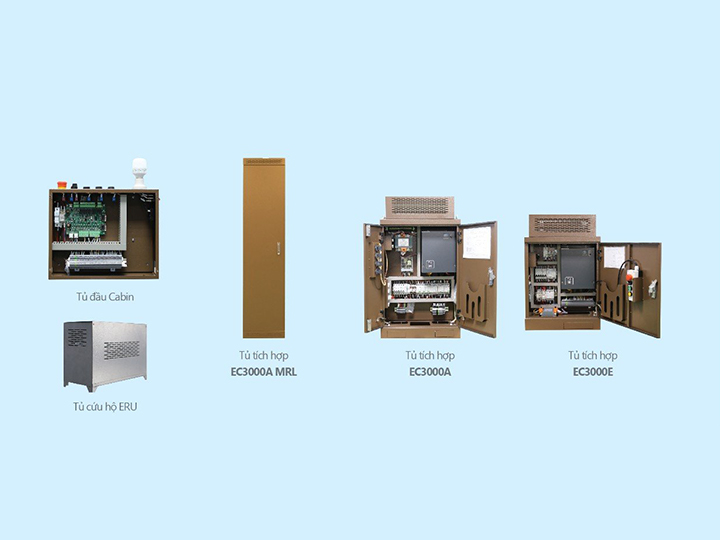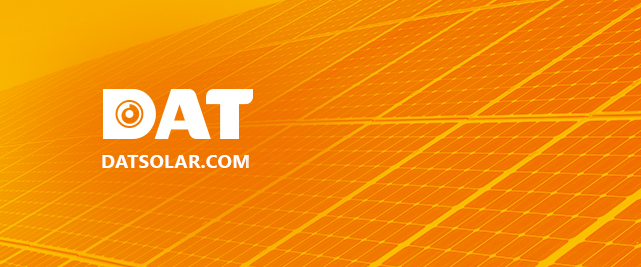Evolution of VFDs over past 10 years and Industry 4.0 – IoT trend
The technology platform drives change
Over past decade, VFD technology has experienced significant development, contributing to transformation of manufacturing industry – largest consumer of electrical energy. It directly addresses challenges of efficiently utilizing electrical energy sources under pressure of ensuring global energy security and continuous warming of planet. Use of power electronics devices in VFDs helps achieve more efficient speed control with lower costs. Advanced features, innovative digital technologies, and applications have all contributed to dynamism of modern manufacturing industry.
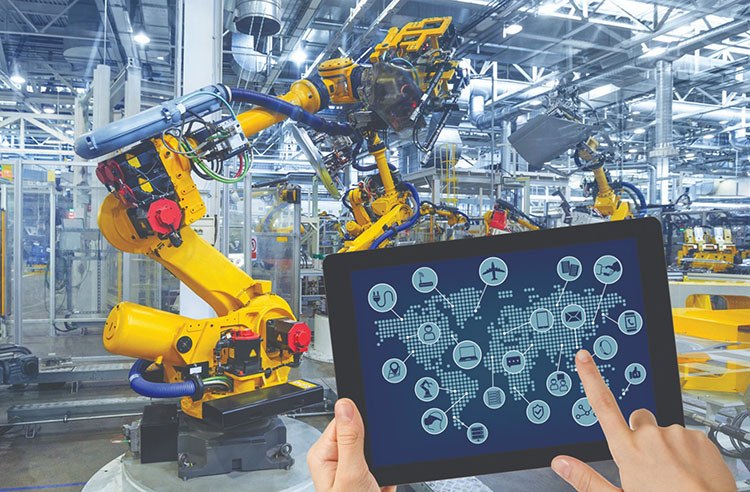
Since Nikola Tesla’s invention of asynchronous motor in 1888, the field of electric drive has undergone significant transformations. Scientific advancements have led control techniques to become increasingly compatible with motor speed requirements, optimizing machine operation processes. As early as late 20th century, breakthroughs in microprocessing, microcontrollers, and especially digital signal processing (DSP) have enabled realization of complex algorithms in real-time, making vector control methods standardized solutions in industry. Aynchronous motor, using vector control, has become easier to control, achieving high-performance characteristics, gradually replacing DC motors in applications requiring smooth speed control over a wide range. Entering 21st century, technology breakthroughs in Fourth Industrial Revolution, such as Robotics, Internet of Things (IoT), Big Data (BD), and Artificial Intelligence (AI), have fundamentally changed landscape of manufacturing industry and human society as a whole.

Industry 4.0 originated in Germany as a high-tech strategic project by government to promote production digitization. Its characteristic is creation of smart factories through optimized process automation, modular structures, and real-virtual monitoring systems. Through Internet of Things, real-virtual systems communicate and collaborate with each other and with humans in real-time. These factors have brought about changes in both depth and breadth of entire production, management, and administration system.
IoT – The era of limitless connectivity
IoT refers to a network of devices connected to each other via internet, allowing them to exchange data, extend data collection capabilities through multiple devices, and issue timely alerts before potential risks occur. From cost savings to better maintenance and enhanced system safety, IoT offers many benefits for manufacturing sector.
According to recent studies, by 2020 global manufacturers will invest around $70 billion in IoT solutions to boost system maintenance, repair, and complex data analysis to improve productivity and enhance business value. Predictions suggest that number of deployed smart devices will reach 35 billion by 2020 and rise to 75 billion by 2025. This means that businesses need to understand how these devices transition from traditional workflows to dynamic systems. By using IoT, challenges in production and entire supply chain can be minimized through IoT sensors.
A decade of revolutionary change
While a decade ago, VFD products had been upgraded with new features to improve motor control accuracy and energy savings, concept of Fourth Industrial Revolution was relatively unfamiliar. Today, world’s major VFD manufacturers have successfully applied latest achievements of this revolution. This is no longer an experiment but a survival requirement for manufacturers in digital age. VFD products with highly upgraded control technology enable precise motor control, meet demands of the most complex movements, ensure safe and reliable operation, and incorporate IoT to remotely monitor and adjust VFD operations in real-time anywhere via internet.

As one of the world’s leading and reputable manufacturers in VFDs and automation equipment, INVT has researched and developed a next-generation digital VFD line, allowing manufacturers direct access to Industry 4.0 – INVT GD350 VFD. Built on INVT’s most advanced processing platform and incorporating state-of-the-art vector control technology, wireless control capabilities, cloud computing, and IoT, this product is aimed at modern Industry 4.0 production environment. It enables users to monitor and update device’s operating status anywhere with extremely high accuracy and absolute safety via internet. This product is certain to bring about groundbreaking solutions to numerous global markets.
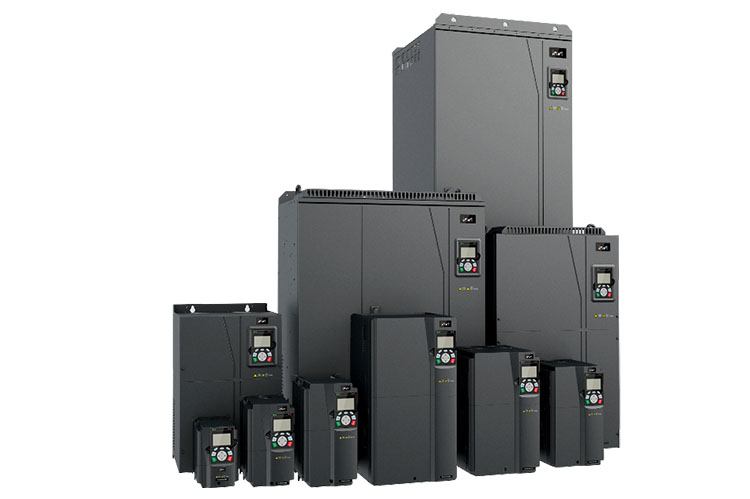
In Vietnam, GD350 super VFD will officially be launched in September. Let’s join DAT in welcoming this masterpiece and experience its unique features.
Learn more about product here.


